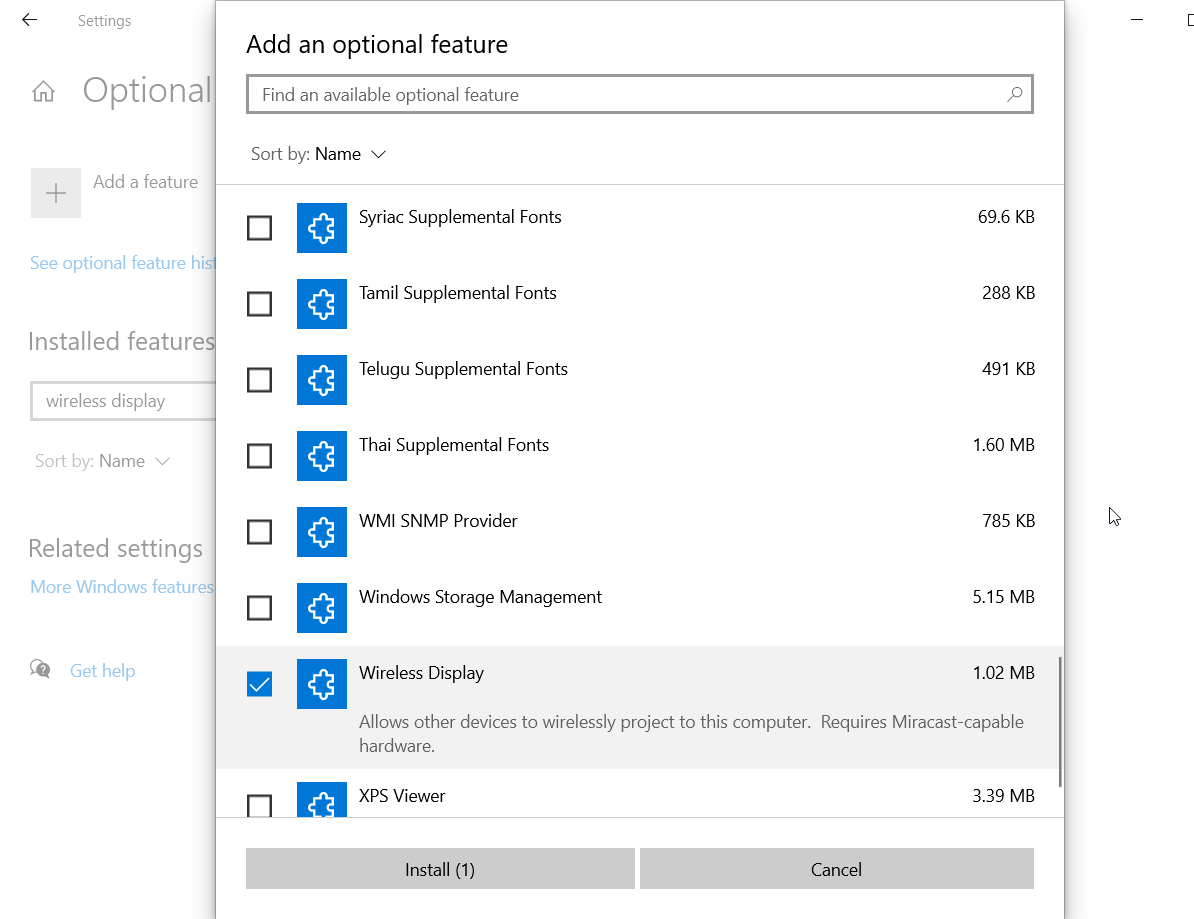
To customize the wireless display, use these steps: Once the connection is configured, the "wireless display" will be available as a regular monitor in the Display settings, which means that you can change its resolution, scale, orientation, as well as set it as extended or duplicate mode. (Optional) Check the Allow mouse, keyboard, touch, and pen input from this device option.Īfter you complete the steps, the screen from the source device should display in the destination device like a secondary monitor. Quick tip: You can use the Windows key + A keyboard shortcut, or you can click the Action Center icon in the far right of the taskbar.Ĭlick the device you want to project the screen. To project your screen to another computer on Windows 10, use these steps: Once you complete the steps, the Connect app will open to accept mirroring connections from another computer.

To enable "Project to this PC" feature on the device you want to convert into a wireless display, use these steps: If you're looking to screen mirroring on Windows 10, you'll need a source and destination device supporting Miracast technology connected to the same network, and you will need to follow some specific steps.
Widi windows 10 how to#
How to use PC as a secondary wireless display
Widi windows 10 windows 10#
In this Windows 10 guide, we'll walk you through the steps to use another device as a wireless display with the screen mirroring feature built into the system. Whatever the reason it might be, you can use the "Project to this PC" settings along with the "Connect" app to turn a Windows 10 computer into a wireless display without the need for extra hardware or software.


 0 kommentar(er)
0 kommentar(er)
